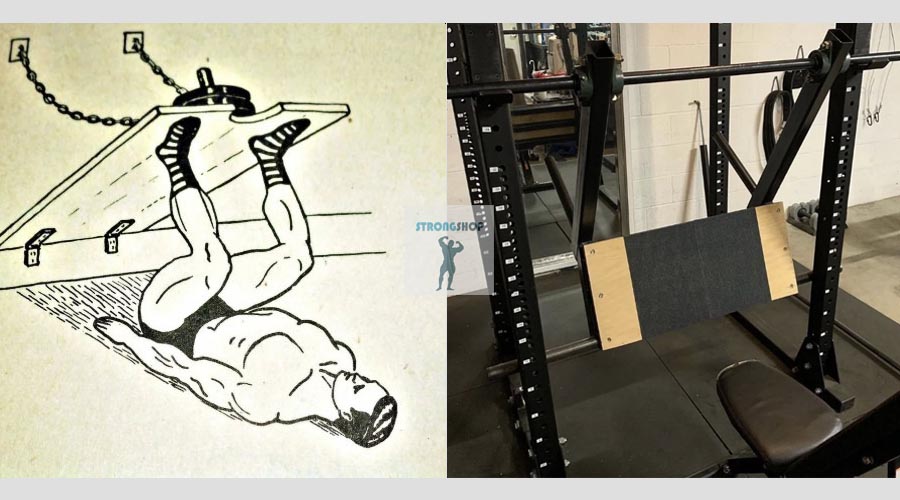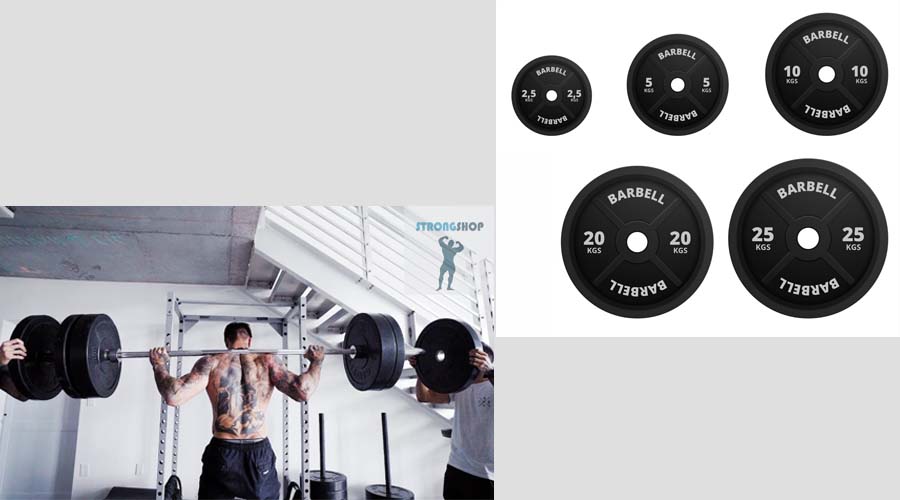Everyone who does strength training has faced the problem when progress stops and it becomes difficult to achieve new results.
But don't despair, there is a remedy proven over the years. This is periodization in strength training, which can help you overcome stagnation and reach the next level.
Periodization is the planning of a training program for a certain period of time in order to achieve the best results. It involves dividing a training cycle into different phases with different exercises, intensities, amounts and types of training.
The main idea of periodization is to allow the body to adapt to training loads and prevent overexertion to achieve the best results.
The most common approach to periodization is the "macrocycle-mesocycle-microcycle" model. Its essence is that the training process is divided into large periods - macrocycles, which include several mesocycles. And mesocycles, in turn, are divided into microcycles.
A macrocycle may last several months or even a year, a mesocycle may last from several weeks to several months, and a microcycle may last from several days to several weeks.
Each of these periods has its own characteristics and tasks
- At the beginning of the macrocycle you can focus on basic strength training to develop overall muscle strength and endurance.
- This is followed by a period where you will work on increasing maximum strength and power, using higher loads and fewer reps.
- At the end of the macrocycle you can concentrate on the development of muscular endurance and general physical fitness.
Mesocycles within each macrocycle represent separate training phases. For example, a strength mesocycle might include a muscle gain phase where the emphasis is on increasing training volume and using muscle growth exercises.
This is followed by a strength development phase where higher loads and fewer reps are used to develop strength and power. Finally, there may be a strength endurance phase, where the muscle's capacity for prolonged effort is worked through.
Microcycles are the shortest periods and include specific workouts over several days or weeks. Each microcycle defines training objectives, exercises, volume and intensity. This approach allows you to manage training load and ensure optimal recovery between workouts.
Advantages and peculiarities of periodization
- The main idea of periodization is to give the body time to adapt and recover, and to prevent habituation to the same type of exercise. If we constantly work at the same intensity and volume, over time, progress can slow down or stop. And this is precisely the approach that allows us to overcome plateaus by creating a variety of training stimuli and setting new challenges for the body.
- Periodization also helps prevent overtraining. If we constantly train without proper recovery, the risk of injury and a drop in training efficiency increases significantly. Periodization allows us to distribute training loads so that the body has time to recover and adapt to new training stimuli.
- As a result, it is an important tool for achieving maximum results. It allows the progressive development of strength, power and muscular endurance, prevents overexertion and helps keep you motivated to train. The main advantage of periodization is the body's ability to adapt to training loads and gradually increase their intensity and volume. This ensures the progressive development of physical qualities and the achievement of new results.
- In addition, periodization allows you to modify training stimuli, which helps you overcome plateaus and stimulates further growth and development. When the body gets used to one type of training, progress can slow down.
Periodization allows you to make changes to your training plan, including a variety of exercises, reps, volumes, and intensities. This varied approach helps maintain high motivation, interest in progress, and helps avoid stagnation.
- Periodization prevents overexertion, which is one of the main causes of injuries and reduced performance. Dividing the training process into phases with different intensities and volumes allows the body to recover and adapt to training. This approach reduces the risk of overload and injury and promotes better recovery between workouts.
- Periodization of the training process helps to plan training in a more organized and systematic manner. It requires advance planning and structure that helps the athlete have a clear understanding of his or her training goals, progress, and schedule. This approach makes the training process more deliberate and effective.
However, it is worth remembering that periodization requires a proper approach and planning. It is best to seek help from a qualified trainer who can tailor periodization to your individual needs and goals. He or she will analyze your fitness level, identify your strengths and weaknesses, and design the best training program to effectively stimulate your progress.
Conclusions on periodization
As a result, periodization in strength training is an effective tool for achieving maximum results. It promotes a progressive adaptation of the body, prevents overexertion, stimulates the development of strength and power, and increases the motivation of athletes.
If you want to achieve the highest results in strength training, periodization is absolutely the right choice.
However, it is a long-term process. Results don't come instantly, they come gradually with the passage of time and the sequence of training phases. Be patient, stick to your training plan, and treat each phase with diligence and discipline.
This way you can maximize your potential and achieve great results.
This is an essential part of a successful training program. It allows you to make progress, avoid fatigue and motivate yourself for new achievements.
Plan your training plan using these principles, and your maximum results will increase.






